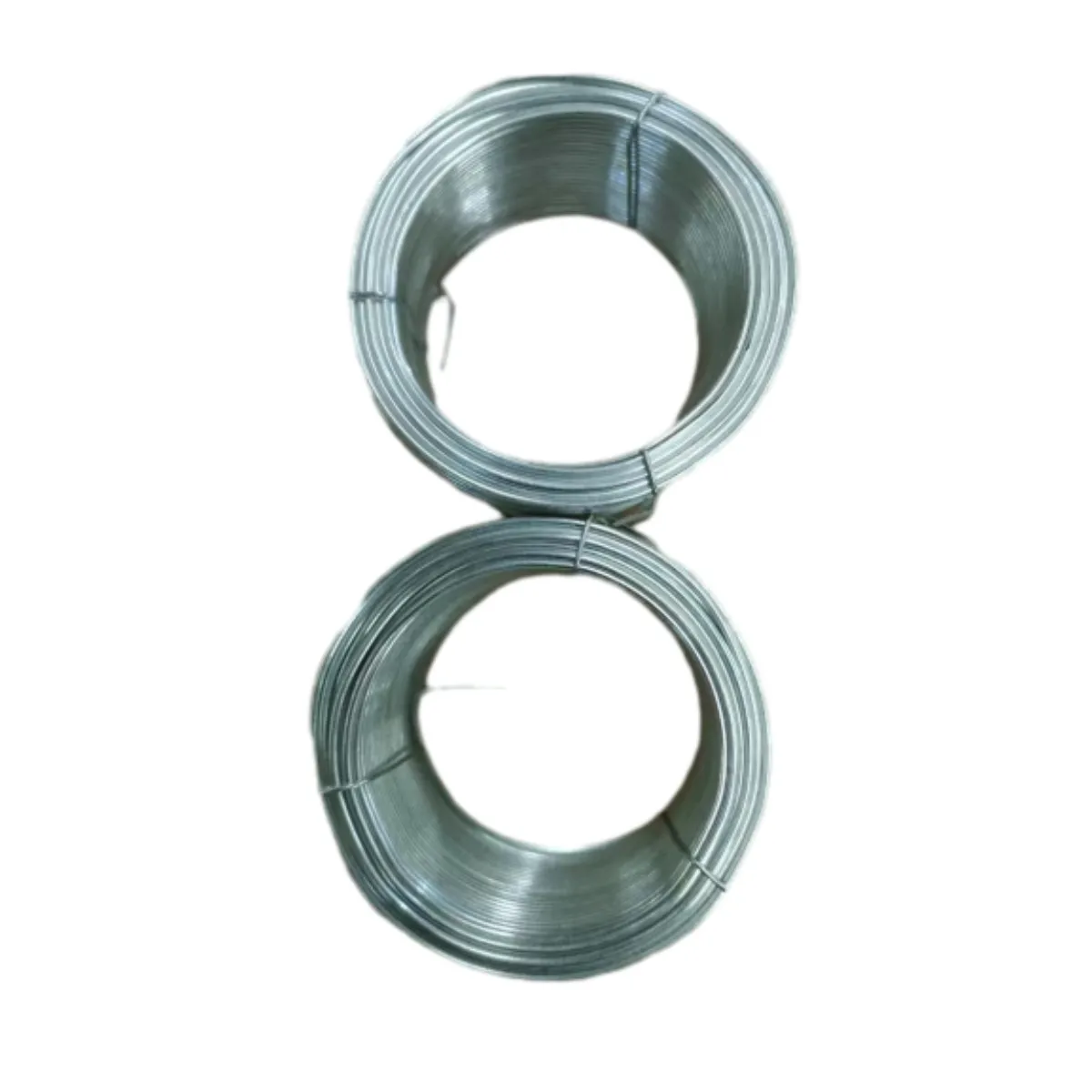พ.ย. . 11, 2024 18:38 Back to list
gabion cages
The Versatility and Functionality of Gabion Cages
Gabion cages, structures made of wire mesh filled with stones, rocks, or other materials, have gained popularity in civil engineering and landscaping over the last few decades. Their versatile uses, durability, and aesthetic appeal make them an excellent choice for various applications, from erosion control to decorative landscaping elements. This article will explore the benefits, applications, and construction of gabion cages, emphasizing why they are a valuable addition to modern design and engineering.
What are Gabion Cages?
Gabion cages consist of wire mesh boxes that can be filled with natural materials such as granite, limestone, or slate. The name gabion originates from the Italian word gabbione, meaning big cage. These structures can vary in size and shape, allowing for significant flexibility in construction. They are often used for retaining walls, riverbank stabilization, slopes, and even as planters in landscaping projects.
Advantages of Gabion Cages
1. Durability Gabion cages are designed to withstand harsh environmental conditions. The combination of steel wire mesh and heavy rocks provides strength and resilience, making them ideal for areas prone to erosion or flooding.
2. Cost-Effectiveness In many instances, gabion cages can be a more economical solution than traditional concrete structures. The materials used for fill can often be sourced locally, reducing transportation costs. Additionally, the relatively straightforward construction process can lead to reduced labor expenses.
3. Environmental Benefits Gabions are eco-friendly by nature. They allow water to flow through, which minimizes hydrostatic pressure and reduces the risk of damage from water accumulation. Gabion cages also provide habitats for various species of plants, insects, and small animals, contributing to biodiversity.
4. Aesthetic Appeal Beyond their functional purposes, gabion cages can be designed to enhance the beauty of an environment. Filled with colorful stones, they can serve as attractive garden features, seating walls, or decorative barriers. This versatility allows for creative landscaping options that can complement any design style.
5. Ease of Construction Gabion cages can be relatively easy to assemble, requiring minimal tools. Their modularity allows for quick adjustments and modifications during the construction process. This adaptability makes them accessible even for homeowners tackling DIY projects.
Applications of Gabion Cages
Gabion cages have a wide range of applications across multiple fields.
- Erosion Control They are commonly used for slope stabilization and riverbank protection. When placed along shores or riverbanks, gabions provide a robust barrier against water erosion, preventing soil loss and preserving the landscape.
gabion cages

- Retaining Walls Gabion cages can effectively hold back soil and create level areas on sloped terrains. As retaining walls, they offer a more natural look compared to traditional options, integrating seamlessly with the environment.
- Noise Barriers In urban development, gabion cages can serve as noise barriers. Their mass and structure help absorb sound, making them useful in mitigating noise pollution near highways, railways, or busy streets.
- Landscaping Features Gabion cages are increasingly being used in landscaping projects as decorative elements. Garden walls, benches, and planters constructed from gabions can add a unique touch to outdoor spaces.
Construction of Gabion Cages
The construction process for gabion cages involves several steps
1. Planning Determine the location, size, and design of the gabion cage. Consider factors such as fill material, structural support, and environmental impact.
2. Material Selection Choose suitable wire mesh and fill materials. Galvanized or PVC-coated wire is often preferred for durability, while the fill can range from natural stones to recycled materials.
3. Assembly Assemble the gabion cage by bending and fastening the wire mesh into the desired shape. Ensure the structure is stable and secure throughout the process.
4. Filling Fill the cages with selected materials, ensuring even distribution. Layer the materials for balance and aesthetics.
5. Placement Position the completed gabion cages into the desired location, ensuring proper alignment and stability.
Conclusion
Gabion cages offer practical solutions for erosion control, landscaping, and infrastructure stabilization. Their natural appearance, adaptability, and environmental benefits provide numerous advantages to homeowners, builders, and engineers alike. As technology and design practices continue to evolve, gabion cages will likely remain a staple in both engineering and landscaping, contributing to sustainable and aesthetically pleasing projects for years to come.
-
Weather Resistance Properties of Quality Roofing Nails
NewsAug.01,2025
-
How Galvanised Iron Mesh Resists Corrosion in Harsh Environments
NewsAug.01,2025
-
Creative Landscaping Uses for PVC Coated Wire Mesh Panels
NewsAug.01,2025
-
Common Wire Nail Dimensions and Their Specific Applications
NewsAug.01,2025
-
Choosing the Right Welded Wire Sheets for Agricultural Fencing
NewsAug.01,2025
-
Anti - Climbing Features of Razor Wire Barriers
NewsAug.01,2025









